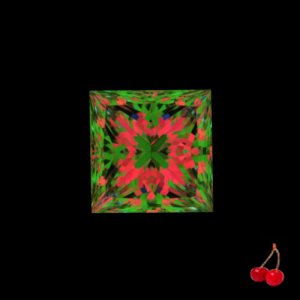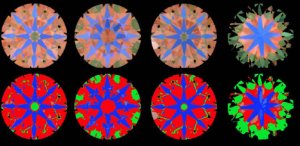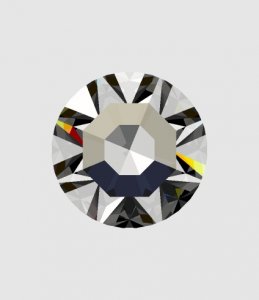marchswallowbird
Brilliant_Rock
- Joined
- Apr 22, 2008
- Messages
- 849
I ran across a princess cut diamond with the following Sarin numbers:
. Shape: Princess
. Carat: 1.010
. Depth %: 69.5
. Table %: 78.2
. Crown Angle: 43.8
. Crown %: 9
. Pavilion Angle: 39
. Pavilion %: 57.4
. Girdle: Thin to Medium
. Measurements: 5.56-5.54X3.85
. Polish: Excellent
. Symmetry: Excellent
. Culet: Pointed
. Fluorescence: None
Looking at the depth and table this stone seems very shallow. Yet the Aset image shows "cherry," which would seem to indicate excellent light performance. Yet on this forum''s discussions everyone says the table should be smaller than the depth or you get a glassy stone. How can the Aset image show exceptional light performance if the stone is shallow?
In other words, what tools are most important when assessing a stone online? Sarin numbers or Aset images?



. Shape: Princess
. Carat: 1.010
. Depth %: 69.5
. Table %: 78.2
. Crown Angle: 43.8
. Crown %: 9
. Pavilion Angle: 39
. Pavilion %: 57.4
. Girdle: Thin to Medium
. Measurements: 5.56-5.54X3.85
. Polish: Excellent
. Symmetry: Excellent
. Culet: Pointed
. Fluorescence: None
Looking at the depth and table this stone seems very shallow. Yet the Aset image shows "cherry," which would seem to indicate excellent light performance. Yet on this forum''s discussions everyone says the table should be smaller than the depth or you get a glassy stone. How can the Aset image show exceptional light performance if the stone is shallow?
In other words, what tools are most important when assessing a stone online? Sarin numbers or Aset images?

















300x240.png)